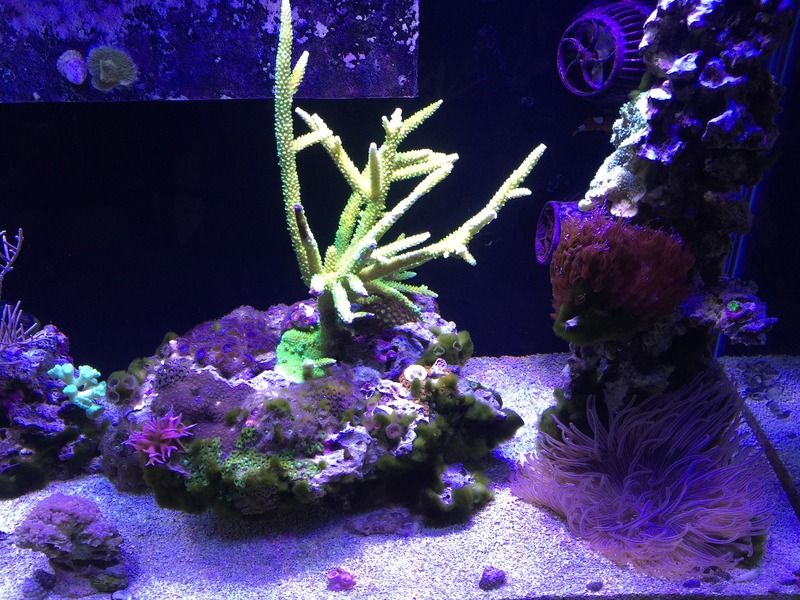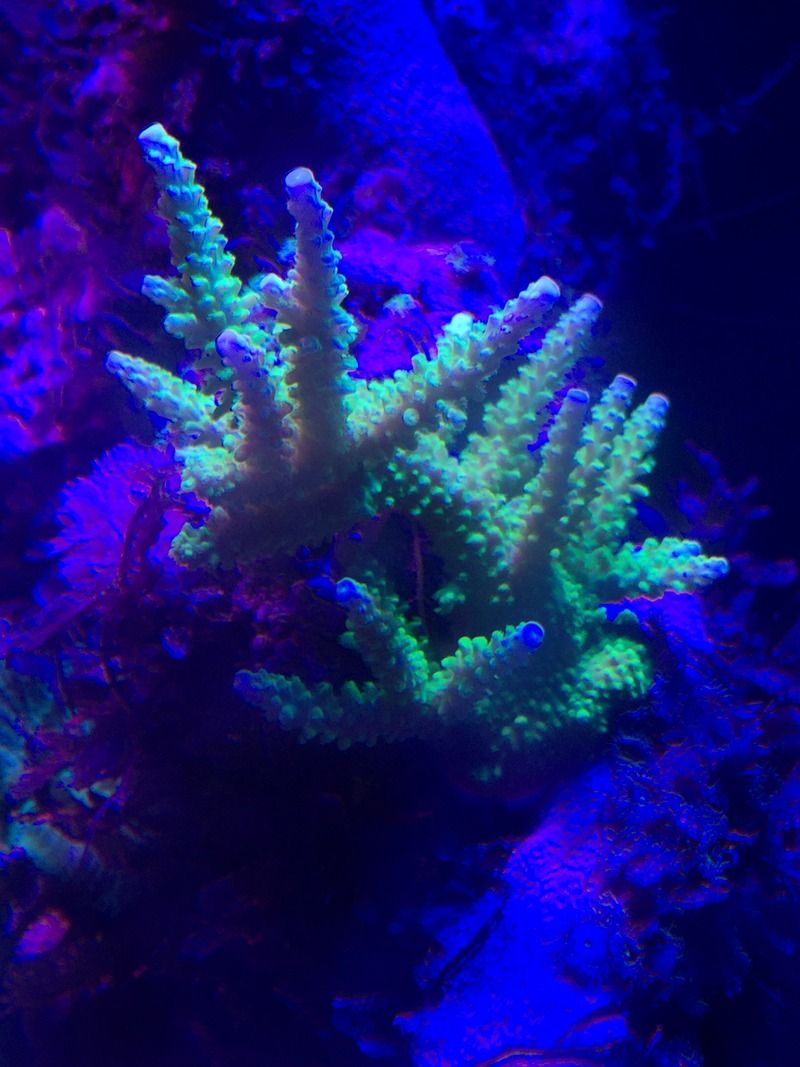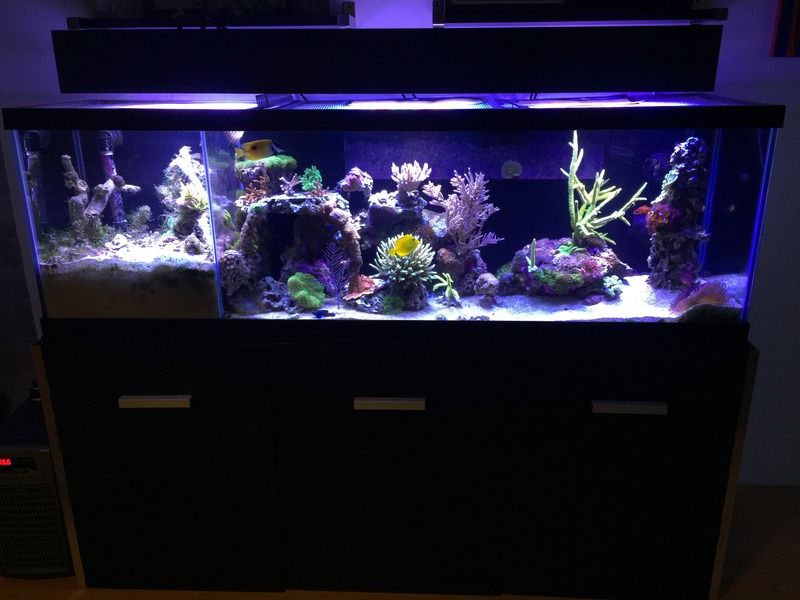Just a random observation and I was wondering the cause. I have a green slimmer that has been doing well in my tank. With "standard" reef conditions IE lots of flow and LED lights with a heavy blue lean it grows like a typical green slimmer. By that I mean it has long stalks with few branches. However, I trimmed off a piece of it awhile ago and for lack of a better place I just stuck it in my refugium. In my refugium it still grows quite well, however it branches like crazy. Stalks don't grow more than an inch before branching. The refugium is also lit by a LED but it has much more of a white/red spectrum to it. Also, the flow is a lot less. I figure it has to be one of those two things but not sure which one?

vs


vs





